
If you are concerned with the Applicant Tracking System (ATS) compatibility of your resume (and you should be!), you’ve probably done some research on what is ATS compatible and what is not ATS compatible.
If so, you have almost certainly come across this advice: Do not ever use tables in a resume that you intend to be ATS compatible.
But is this accurate advice? Can ATS read tables? The ATS compatibility of tables in a resume is likely one of the most misunderstood issues related to Applicant Tracking Systems and resumes.
What You Must Know Before Using Tables in a Resume
Many resumes use tables to set up at least part of the content, including many of the Distinctive Resume Templates available on this site. Does that mean they are not Applicant Tracking System compatible?
I’m happy to inform you that this is a myth. You can use tables in an ATS-friendly resume under some circumstances.
While tables may have “broken” the ATS compatibility of resumes in very early-generation releases of the software, this was many years ago. Technology advances. Modern applicant tracking systems can handle SIMPLE tables with ease.
BUT…and this is a big but…the keyword in the statement above is SIMPLE. You must use only very simple tables in your ATS-friendly resume, structured in very simple ways.
You should NEVER layout your entire resume or large sections of your resume using a complex table. This means that most, if not all resumes arranged in columns are ATS incompatible.
Some examples of what NOT to do, are these professionally written resumes created by the author of this article many years ago (20+ years ago), before ATS compatibility was a concern.
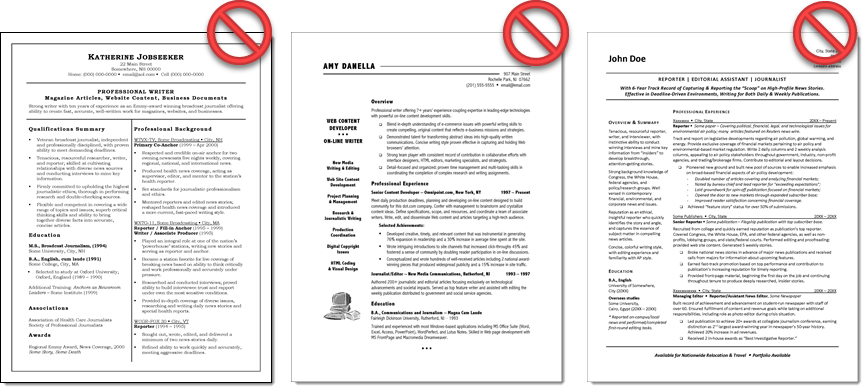
The design and format of these resumes were cutting-edge two decades ago. But the way the entire body of each resume is set up in tables within the Word document (tables were used to create the columns and sections) would cause big problems with ATS compatibility today.
Unfortunately, this means that almost every default resume template in Microsoft Word is not ATS compatible either, as almost all of them are created using complex tables.
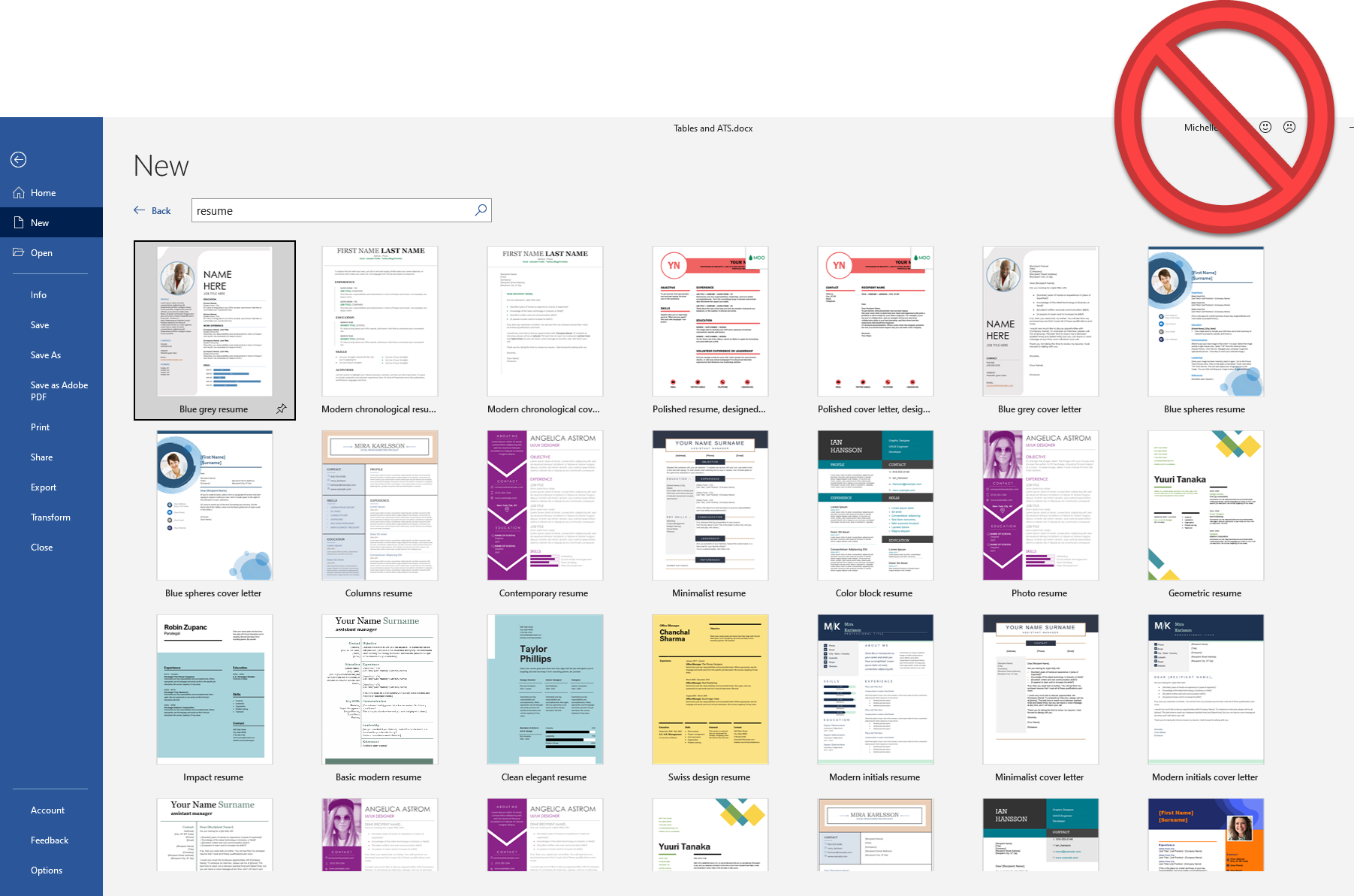
Unsuspecting job seekers who create a resume using these non-ATS-compatible Microsoft Word document templates may never get a single call back when applying for a job, and won’t even know why. The trouble is that most people without knowledge of what is ATS compatible or not would believe they are okay to use since they are available right in MS Word as default templates.
When and How It Is Okay to Use Tables in Resumes
So, what IS the acceptable way of using tables compatible with ATS systems?
And, why even bother to use tables in a resume at all? Maybe it is better to just avoid using them in your resume format.
Sure. Not every resume needs tables.
Our Morning Glory, Midnight Vista, and Career Launcher resume templates are examples of very attractive resume formats that use no tables. If you are wondering, the sidebox on the right side of the Midnight Vista template (the template shown in the middle, below), was created using a text box, which an ATS will skip as a graphic. Even though it looks like a table, it is not. (side note: If you use text boxes in your resume, they won’t hurt the ATS compatibility of your resume, but they will not help the keyword optimization of it as the ATS will “skip” the words in the text boxes. So, if you use them, do so sparingly and cautiously.)
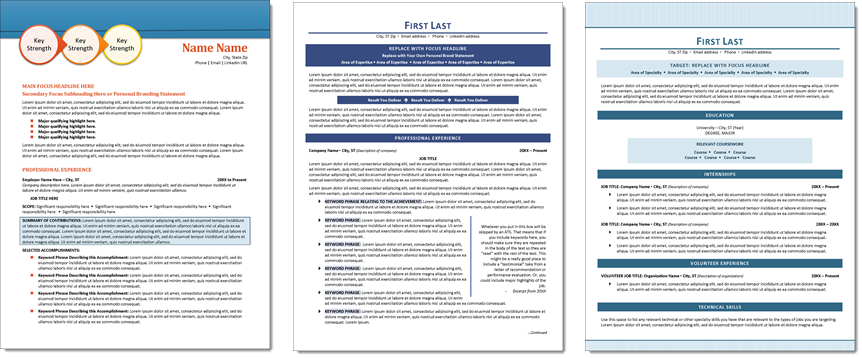
However, in many cases, using a simple table really helps present part of the resume content in an attractive and easy-to-read way. And, anything that makes the resume easier for the hiring manager to read is a plus.
For example, our Amplify Resume Template includes a single two-column table to make the Key Qualifications section easier to read.
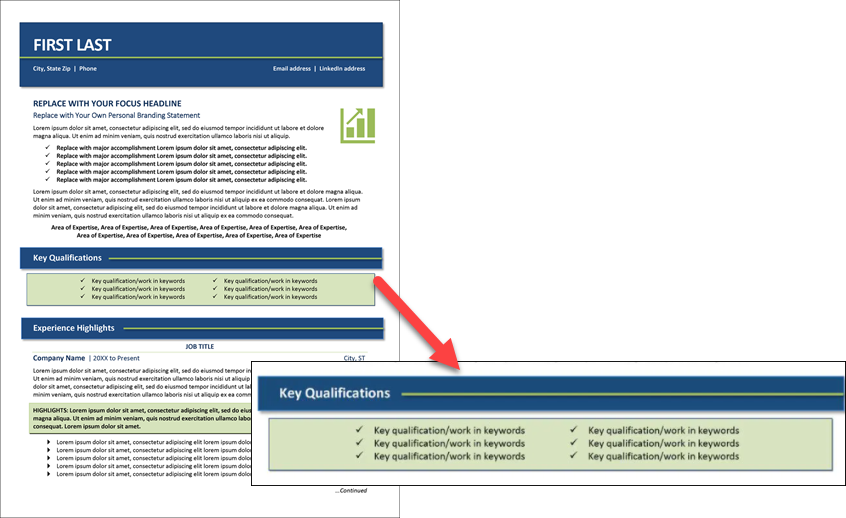
Our Phoenix Resume Template uses three separate, but still simple tables. A simple two-column table is used for the name and contact info. Another simple two-column table is used to showcase key qualifications within the summary section. Finally, while it may not look like it, the Selected Highlights are set up in a three-column table.
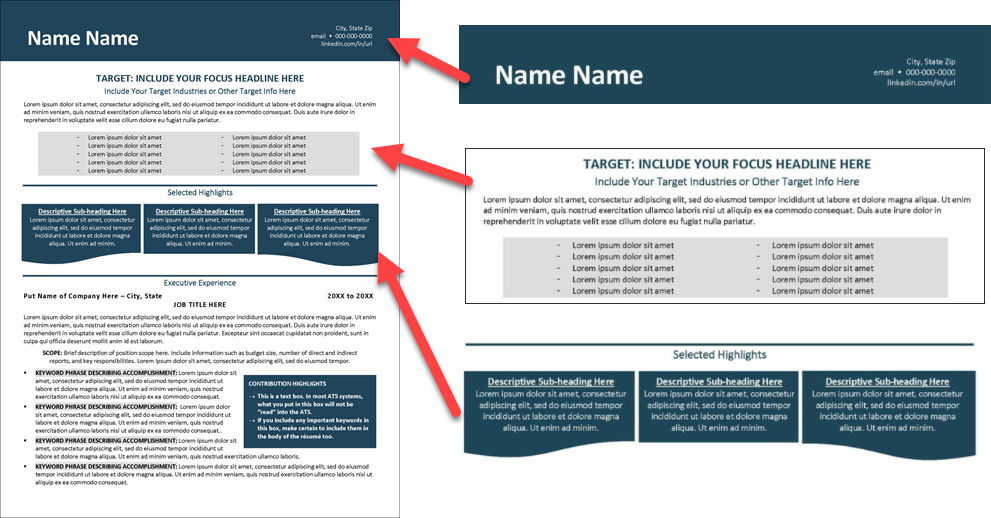
These are all ATS-friendly ways of using tables in a resume.
Here are three more examples of simple tables from three separate resumes that are ATS compatible. I’ve left the gridlines on so you can see how they are constructed.
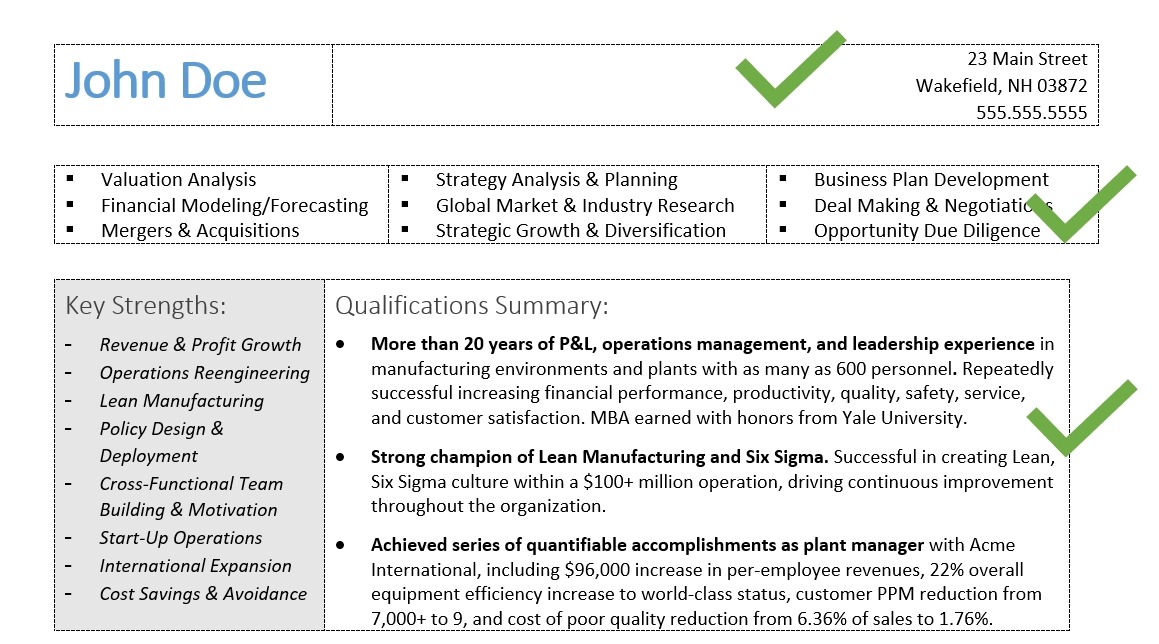
For more information about using tables in resumes that need to be ATS compatible, I encourage you to watch the following video. I go into even more depth than in this article and show many other examples.
While this is a complex topic and you need to know what is acceptable and what isn’t, I hope I’ve dispelled the myth that tables can never be used in ATS-friendly resumes.
The bottom line is that as long as you use very simple tables and consider the order in which the cells will be read, you can feel confident that those tables will not negatively impact the resume’s ATS compatibility.
But even better: When you use Distinctive Resume Templates, you can be confident that the resumes you create are ATS friendly (there are a few exceptions, but I always explain these so you can choose a different template if you wish). All the hard work has been done for you.
All of our resume templates are available individually, but if you are a professional resume writer or another professional who helps job seekers prepare resumes, I encourage you to check out our Distinctive Resume Templates Insider program.
Frequently Asked Questions
What is an Applicant Tracking System (ATS)?
An Applicant Tracking System, or ATS, is a type of software used by companies to manage their recruitment process. It scans and sorts through hundreds or even thousands of resumes to find the best candidates for a job based on the job description. This technology is a critical part of the hiring process for many companies.
Why should I be concerned about the ATS compatibility of my resume?
ATS compatibility is important because if your resume isn't compatible, it might not be correctly read by the ATS scanner, and you could be overlooked for a job even if you're well-qualified. The ATS allows for keyword searches of the resume to determine if a candidate is a good fit for the job posting.
Is it true that I shouldn't use tables in an ATS-compatible resume?
This is a common myth. In fact, you can use simple tables in an ATS-friendly resume. It's important to note, though, that the tables should be simple and not complex. Complex tables or large sections of your resume arranged in columns could make your resume incompatible with most ATS platforms.
Why are most default Microsoft Word resume templates not ATS-compatible?
Most default Microsoft Word resume templates are not ATS-compatible because they use complex tables. These may look attractive, but they could cause your resume to be incorrectly read by an ATS, which might hurt your chances of getting a call back for a job interview with hiring managers.
When is it okay to use tables in an ATS-friendly resume?
You can use tables in your resume if they are simple and structured in simple ways. For example, a simple two-column table could be used for your name and contact info, or to showcase key qualifications within the summary section. This ensures your resume will be parsed correctly by the ATS.
Why should I use tables in my resume?
While not every resume needs tables, they can sometimes help present your resume content in an attractive and easy-to-read way. A simple table can make sections like your key qualifications easier to read and more organized, ensuring that your resume is parsed correctly by ATS platforms.
How can I make sure my resume is ATS-friendly?
If you want to ensure your resume is ATS-friendly, stick to using simple tables and make sure the cells will be read in the right order. Alternatively, using a pre-made ATS-friendly resume template can help ensure your resume will be read correctly by an ATS during the job search process.
What are some examples of ATS-friendly resume templates?
Distinctive Resume Templates offers several ATS-friendly resume templates, such as the Amplify Resume Template, Phoenix Resume Template, and others. These templates are designed with ATS compatibility in mind, using simple tables effectively to present your information clearly and attractively, making them ideal for job seekers.
What happens if I use complex tables in my resume?
If you use complex tables in your resume, it could interfere with the way an ATS reads your resume. This might cause your resume to be rejected by the system, even if you are a qualified candidate for the job. Ensuring your resume matches the job description and uses simple formatting is key.
What resources are available to help me make my resume ATS compatible?
There are many resources available to help you make your resume ATS compatible, including video tutorials, articles, and professional resume services. Distinctive Resume Templates also offers an Insider program for professionals who help job seekers prepare resumes, providing them with access to a range of ATS-friendly resume templates.






